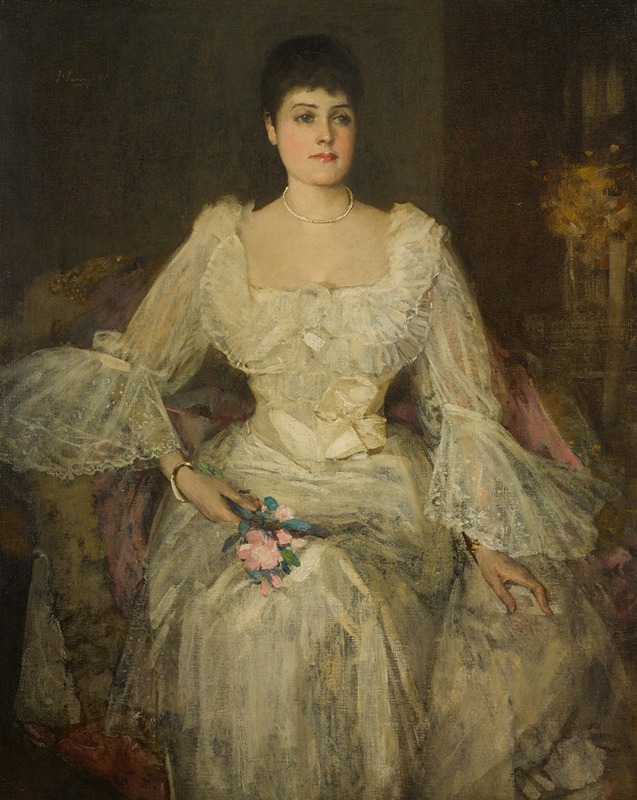
A lady in white
A hand-painted replica of Sir John Lavery’s masterpiece A lady in white, meticulously crafted by professional artists to capture the true essence of the original. Each piece is created with museum-quality canvas and rare mineral pigments, carefully painted by experienced artists with delicate brushstrokes and rich, layered colors to perfectly recreate the texture of the original artwork. Unlike machine-printed reproductions, this hand-painted version brings the painting to life, infused with the artist’s emotions and skill in every stroke. Whether for personal collection or home decoration, it instantly elevates the artistic atmosphere of any space.
"A Lady in White" is a painting by the renowned Irish artist Sir John Lavery, who was a significant figure in the late 19th and early 20th-century art scene. Lavery was known for his portraits, landscapes, and genre scenes, and he played a crucial role in the development of modern portraiture.
The painting "A Lady in White" exemplifies Lavery's skill in capturing the elegance and poise of his subjects. Although specific details about the painting's creation, such as the exact date and the identity of the sitter, are not widely documented, it is consistent with Lavery's style during his mature period. This period was characterized by a refined use of color and light, which he employed to convey the textures and subtleties of his subjects' attire and surroundings.
Lavery often painted women in fashionable attire, reflecting the social and cultural milieu of his time. His portraits were celebrated for their ability to capture the personality and status of his sitters, often members of high society. "A Lady in White" is no exception, showcasing Lavery's adeptness at rendering the delicate fabrics and the graceful demeanor of the woman portrayed.
The composition of "A Lady in White" likely features a full-length or three-quarter-length view of the subject, a common format in Lavery's portraiture. The use of white in the painting not only highlights the subject's elegance but also demonstrates Lavery's mastery of light and shadow, creating a sense of depth and realism. The background is typically understated, ensuring that the focus remains on the subject.
Sir John Lavery's works, including "A Lady in White," were well-received during his lifetime, earning him numerous accolades and commissions. He was knighted in 1918 for his contributions to art and was a member of several prestigious art institutions, including the Royal Academy. His paintings are held in high regard and are part of many important public and private collections worldwide.
Lavery's influence extended beyond his own work; he was part of a broader movement that sought to modernize portrait painting, moving away from the more rigid and formal styles of the past. His ability to blend traditional techniques with a more contemporary sensibility helped pave the way for future generations of artists.
In summary, "A Lady in White" is a testament to Sir John Lavery's artistic prowess and his ability to capture the essence of his subjects with elegance and sophistication. While specific details about the painting may be limited, its significance lies in its representation of Lavery's contribution to the art of portraiture and his enduring legacy in the art world.







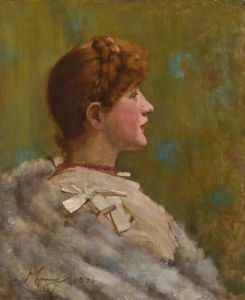
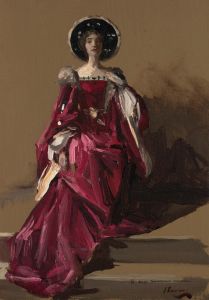
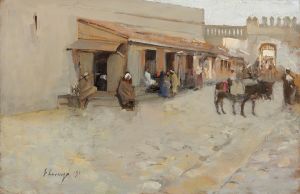



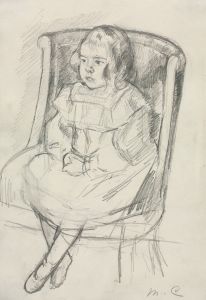

![La Donna Della Finestra [The Lady of Pity]](/imgs/236107/s/dante-gabriel-rossetti-la-donna-della-finestra-the-lady-of-pity-5b3f0a45.jpg)


